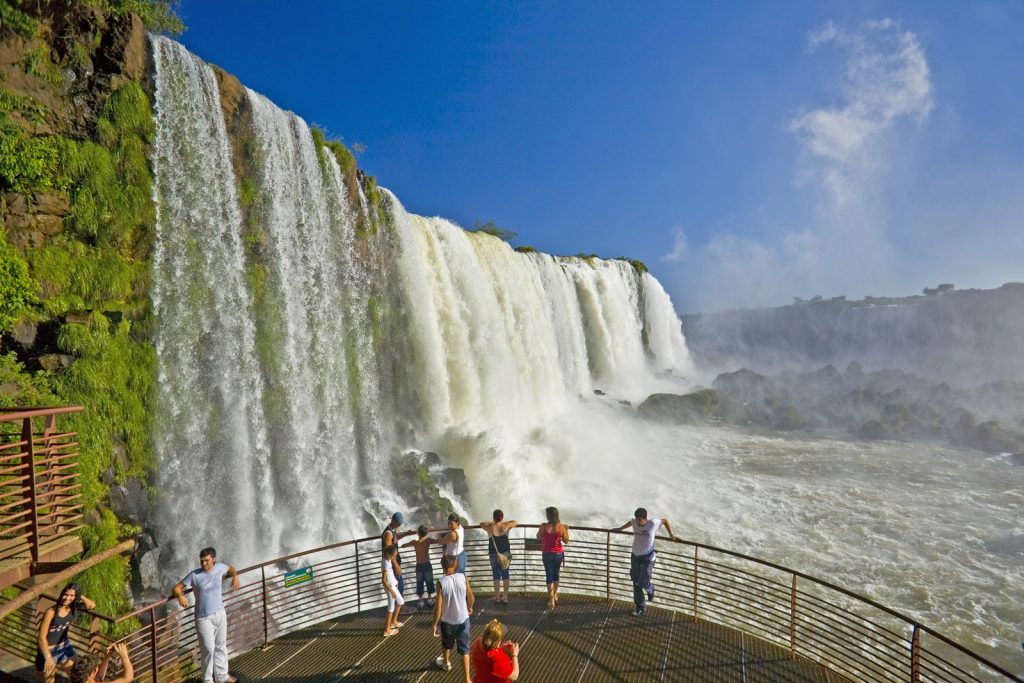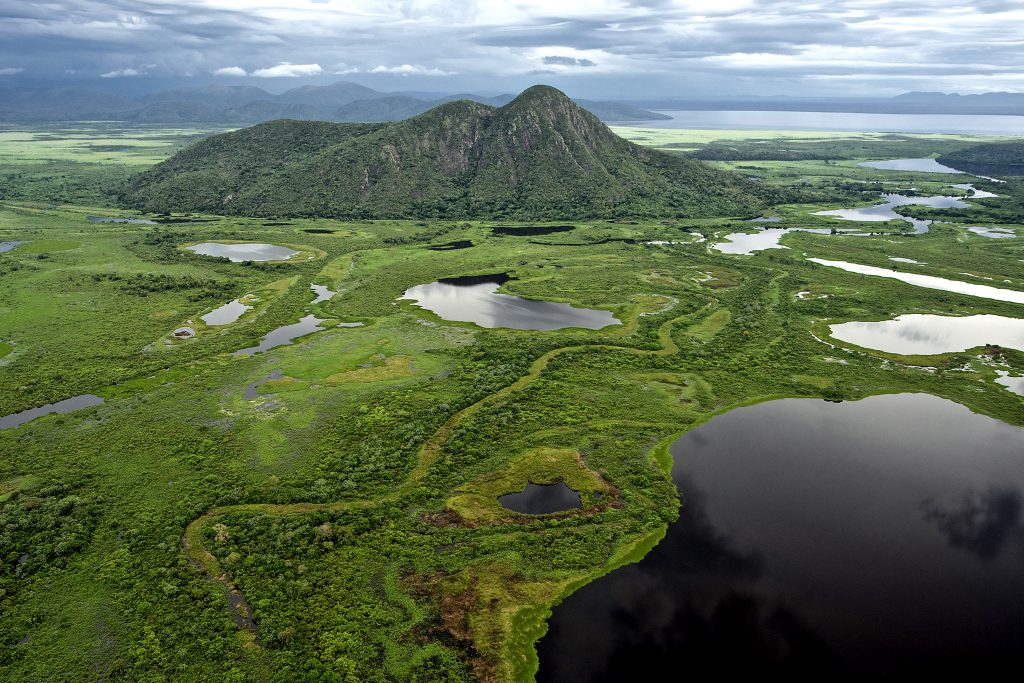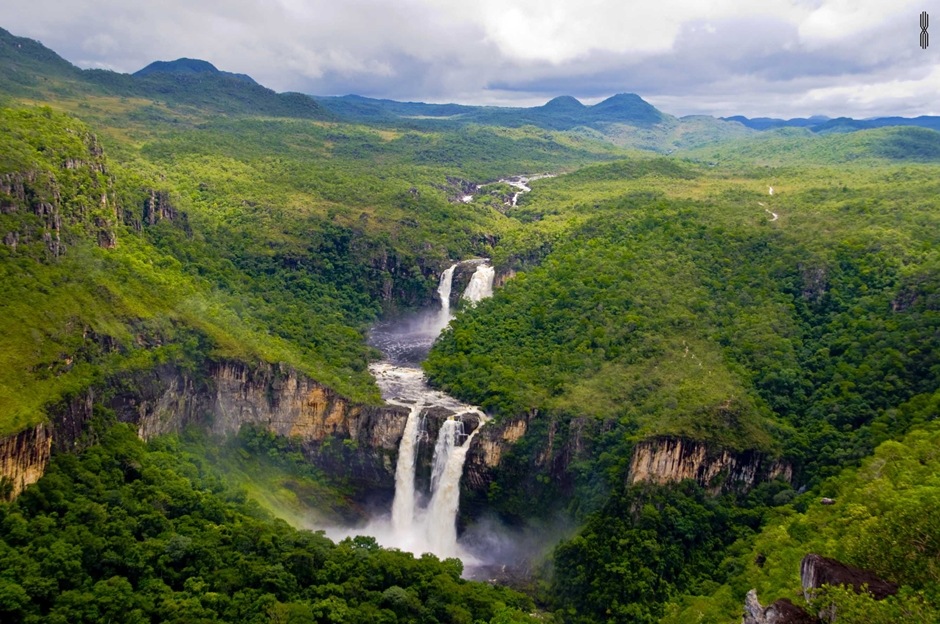RIO DE JANEIRO, BRAZIL – Brazil boasts natural wonders recognized worldwide as World Natural Heritage sites. This certification is awarded by Unesco, the United Nations Educational, Scientific, and Cultural Organization, and appreciates the environmental significance of these sites and the need for their preservation.

There are seven areas bearing this title in Brazil: Iguaçu Falls, Fernando de Noronha, Anavilhanas, Pantanal, Cerrado Protected Areas (Chapada dos Veadeiros and Emas), South East Atlantic Forest, and Monte Pascoal National Park.
Iguaçu National Park
With an area of more than 185,000 hectares, the Iguaçu National Park is located in the extreme west of Paraná, in Foz do Iguaçu. It is one of the largest forest reserves in South America. It shelters an important genetic heritage of animal and plant species and includes the Iguaçu Falls, with waterfalls as high as 72 meters.
Discovery Coast Atlantic Forest Reserves
The Atlantic Forest is one of the most endangered tropical forests on the planet, and the largest unbroken regions are located on the Discovery Coast. There are eight protected areas, located in southern Bahia and northern Espírito Santo.
Atlantic Forest South-East Reserves
The Atlantic Forest South-East Reserves are located between the states of São Paulo and Paraná. They include the mountain range along with coastal areas that encompass the 17 municipalities of the Ribeira de Iguape River Valley. There are 470,000 hectares of biological wealth and historical evolution of the biome, as well as magnificent landscapes.

Pantanal Conservation Area
Formed by the Pantanal National Park and the Private Reserves of the Natural Heritage of Acurizal, Penha, and Dorochê, it is located between the southwest of Mato Grosso, and the northwest of Mato Grosso do Sul. With 187,000 hectares, it shelters hundreds of endangered species. It is the only region of the Pantanal that remains partially flooded, which ensures water supply to the local fauna.
Central Amazon Conservation Complex
The world’s largest protected tropical forest region, it comprises the Anavilhanas Ecological Station (one of the largest river complexes in the world), the Amaña and Mamirauá Sustainable Development Reserves, and the Jaú National Park, the second-largest in Brazil.
Brazilian Atlantic Islands: Fernando de Noronha and Atol das Rocas
The archipelago of Fernando de Noronha is made up of 21 islands, cliffs, and islets. It is home to one of the largest breeding colonies of seabirds and various exotic species of fish, sponges, algae, mollusks, and corals. Atol das Rocas is 144 nautical miles from Natal, in Rio Grande do Norte. The only atoll in the South Atlantic, it is the first marine biological reserve in Brazil and encompasses two islands — Farol and Cemitério. Some 150,000 birds live in the area, among breeding, foraging, migratory and sporadic visitors.
Chapada dos Veadeiros and Emas National Parks
The Chapada dos Veadeiros National Park is a high altitude Cerrado conservation area located in Chapada dos Veadeiros, in the northeast region of the state of Goiás, in the Center-West of Brazil. It was established in 1961 by President Juscelino Kubitschek, under the name of Tocantins National Park.
In December 2001, it was acknowledged as World Natural Heritage by UNESCO. Among the fauna species inhabiting the park, approximately 50 are classified as rare, endemic or endangered.


